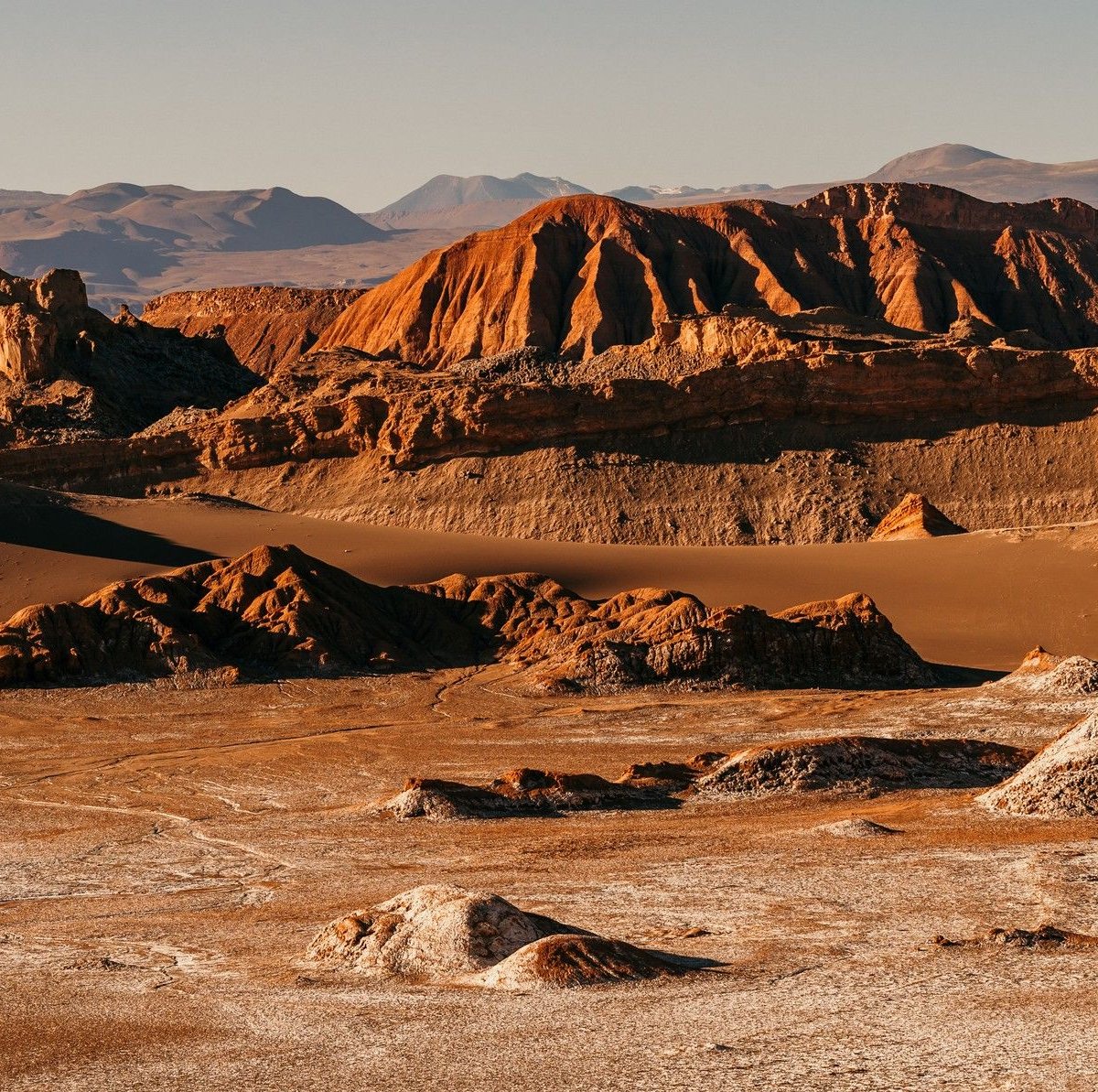The search for life beyond Earth has long been a subject investigated by humanity, with some missions specifically created in recent years to search for signs of aliens. Before advances in space science, many people believed in the existence of life on Mars.; hence the term ‘Martians’ emerged to refer to aliens.
We currently know that there is no ‘Martian’ civilization, but We still haven’t discovered whether the Red Planet hosted any kind of life billions of years ago. But perhaps we are closer to finding that answer.
In 2019, a group of scientists pointed out that one location on Earth could help solve this mystery: Atacama Desert, northern Chile.
In a new study published in the scientific journal Applied and Environmental Microbiology, a team of researchers explains that the region on Chile’s Pacific coast is the driest environment on the planet.
Precisely because of this feature, The location offers hostile conditions for most living things, which could be ideal for understanding the possibility of life on Mars. The extreme conditions in both regions make it difficult for animals to survive but perhaps allow the existence of a few types of microorganisms.
“Microbes are the pioneers of colonizing such environments and preparing the soil for the next set of life. This can also apply to new soils, mineral or rocky, formed after an earthquake or landslide, where you have more or less the same situation. German Research Center for Geosciences GFZ’ study leader geomicrobiologist Dirk Wagner from , said in an official statement.
Microorganisms in the desert
Researchers have developed a new technique to isolate genetic material that can be used to better study microbial life in such arid habitats. This method separates extracellular genetic material (eDNA) from intracellular (iDNA) and was used in the study to analyze soil samples collected in the Atacama.
The result revealed that many microbes were alive at the time of collection; This suggests that some parts of these arid regions may harbor microscopic life. With this, scientists believe they can better understand the properties of microbial processes.
One of the difficulties in analyzing these microorganisms was that most of the available tools were not able to provide good quality DNA at the time of collection.
To solve the problem, scientists developed a filter that can identify healthy cells. By applying this filter to Atacama samples, they identified only two eDNA groups: Actinobacteria and Proteobacteria.
The study is not only important for better understanding the Atacama Desert, it could perhaps be a way to improve exploration on Mars.
Atacama Desert and Mars: What’s the relationship?
A study published in 2019 in the scientific journal Scientific Reports analyzed microbial life in the Atacama Desert to understand the origin of microorganisms living in such extreme regions; Similar to what happens on the red planet.
At that time, researchers collected samples of 23 species of bacteria and eight species of fungi. The results reveal the existence of different ecosystems in the desert. Based on these observations, the team suggests that the movement of these microorganisms may occur similarly in extreme regions outside Earth.
“Here we investigate whether microbial life can be dispersed using wind-blown dust particles in the Atacama Desert, a well-known model of Mars. Thanks to a simple experiment performed in the extremely arid core of the Atacama, we found that many living bacteria and fungi are found in the driest, most UV-rich environment on Earth.” “We discovered that it can cross the desert exposed to its radiation without being harmed,” he explains in the introduction to the study.
Just like in the Atacama Desert, adverse conditions on Mars do not eliminate the possibility of life. They believe that any form of life may actually exist on the Red Planet, although it is difficult to find due to the extreme conditions on its surface.
Not only through these studies, the Atacama Desert is widely considered to be the ‘analogue version’ of Mars on Earth. Actually, Due to the similarities between the two regions, most of the scientific community agrees with this idea.
Follow the latest developments in astronomy and science at TecMundo. If you wish, take the opportunity to understand how a meteorite could reveal information about the possible origin of life on Mars. Until next time!
Source: Tec Mundo
I’m Blaine Morgan, an experienced journalist and writer with over 8 years of experience in the tech industry. My expertise lies in writing about technology news and trends, covering everything from cutting-edge gadgets to emerging software developments. I’ve written for several leading publications including Gadget Onus where I am an author.













